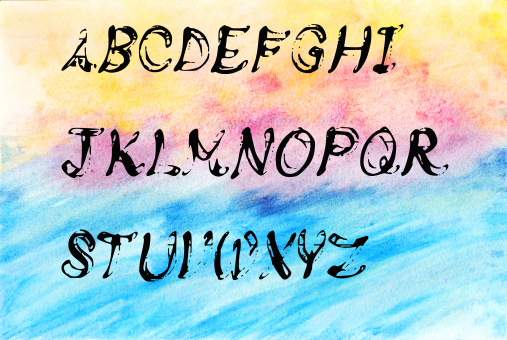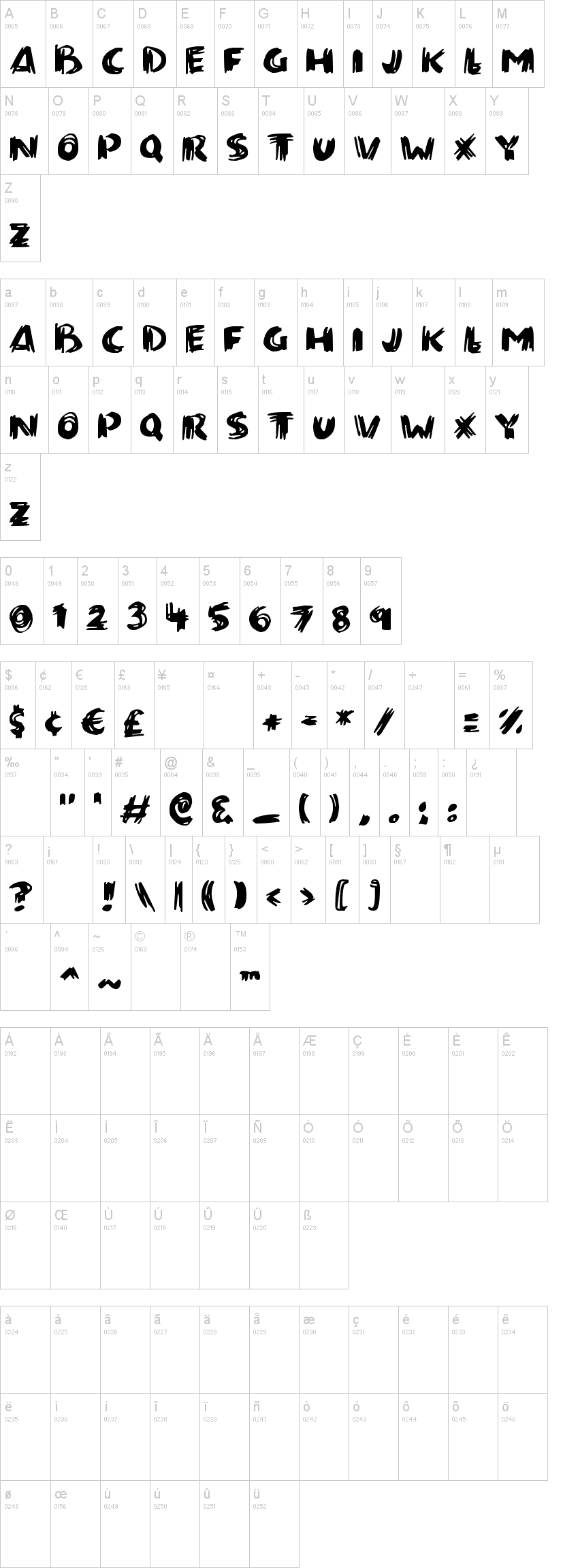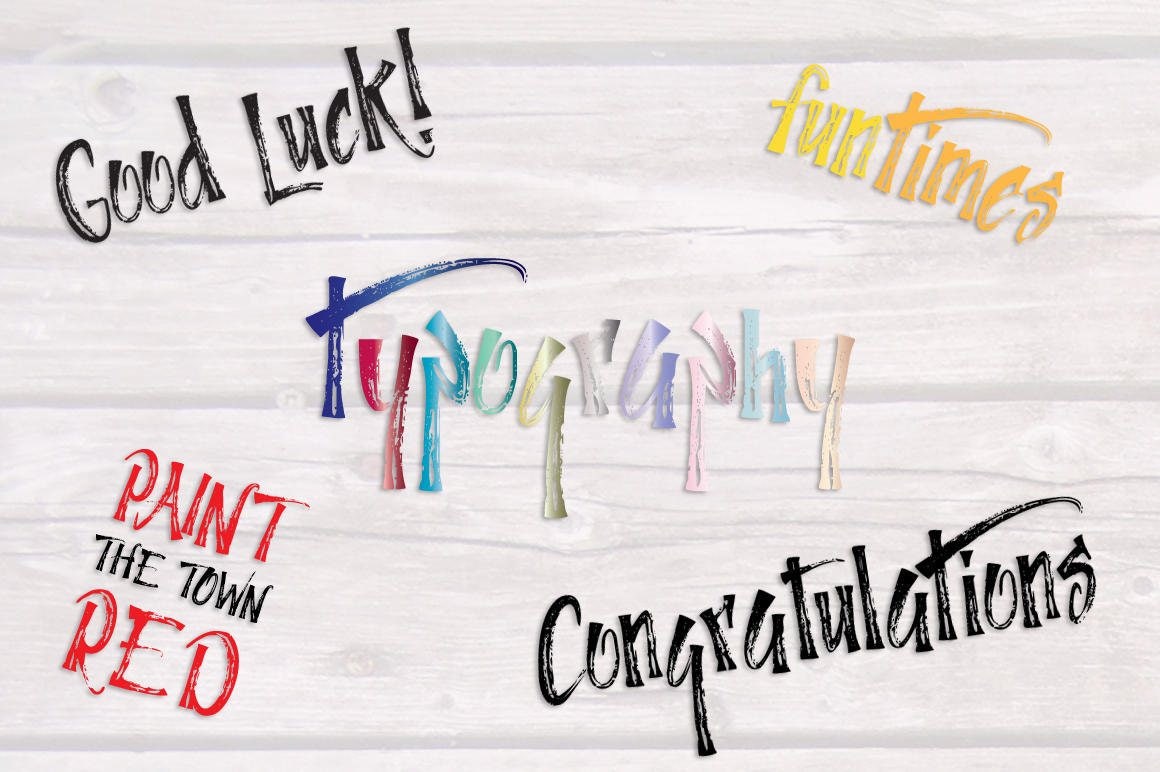

The Simsun love affair continued until very recently: it was still the default Simplified Chinese input font in Windows 7 systems. The font Zhongyi Songti (中易宋体), or commonly known in English as SimSun, and its predecessor, New Songti (NSimsun – 新宋体) is the Times New Roman of Simplified Chinese, made popular due to its out-of-the-box inclusion in Windows XP. This is how songti - the Chinese serif characterized by perfectly straight horizontal strokes, wider verticals, and classy but regimented flourishes - was born. In addition, because the end points of the horizontal lines were easily worn away, flourishes were added to make them thicker, so they’d last longer. Vertical lines, which ran counter to the wood grain, were prone to breakage during carving, and thus had to be made thicker.

Early songti scripts were in use as far back as the Song Dynasty (960-1279 A.D.), when Chinese woodblock printing was in its golden age.ĭue to the grain of the wood in the woodblocks, which ran horizontally, horizontal lines were easy to produce and could be made thinner. If one type of font had to be chosen to represent Chinese typography, it would be the songti type.

Additionally, there are decorative brush script fonts called kaiti (楷体). The two basic groups of Chinese fonts are songti (宋体), which you could think about as the Chinese serif, and heiti (黑体) - the Chinese version of sans serif, respectively. You may also like: All you need to know about Audiovisual Translation Chinese fonts That’s the reason it takes so much time and effort to create a Chinese font, and it’s also why Chinese fonts rarely have a variety of weights - unlike their European counterparts, which often have as many as five different weights. A typical Chinese font file is usually at least 5MB in size and some of them can be over 20MB, which is problematic if you need it loaded on a website. Without any exaggeration, there are literally thousands of them! The smallest standard Chinese font contains 6763 characters. This means that in artistic contexts, where blocks of texts are relatively short (like book covers, logos and signage), it’s ok to get creative when it comes to how you layout characters without losing too much readability.Īnother significant characteristic of Chinese typography is the enormous variety of characters that are available. Because of the square monospaced nature of the characters, it works equally well both horizontally and vertically. Nowadays, Chinese text is mostly read from left to right, the same as English. Learn more about Desktop Publishing Check It Out However, in the 50s - alongside the introduction of Simplified Chinese - it became standard to write in the Western style, from left to right and from top to bottom. Historically, Chinese was set vertically and was being read from top to bottom and from right to left. You can also find Traditional Chinese in other languages that have developed with influence from ancient Chinese. In Mainland China, it’s used only in extremely formal cases. Traditional Chinese is still used widely in Chinatowns outside of China, as well as in Hong-Kong, Taiwan and Macau, where it’s the official written language. Simplified Chinese is mostly used in Mainland China, and it’s been the official writing system there since 1954, while Traditional Chinese was used prior to 1954. Both have character shapes that are roughly square, and each character has a monospaced square width, which forms clean grids no matter the direction the text is typed in. How many kinds of Chinese are there?Īs we know, Chinese can be written with two different sets of characters - Traditional and Simplified. It’s a beautiful and fascinating language, and it looks so different than most western languages that we’re used to. When it comes to Chinese language, we don’t need to quote numbers and statistics to convince someone that it’s one of the most widely used languages in the world.


 0 kommentar(er)
0 kommentar(er)
